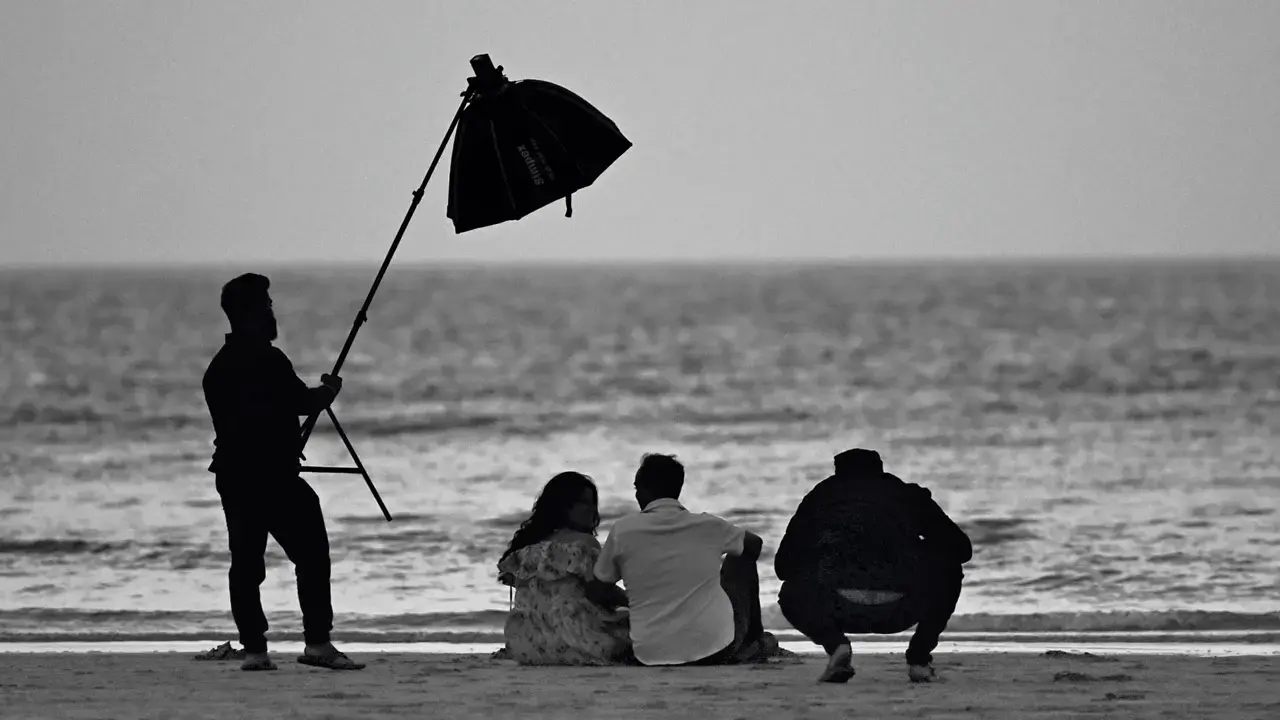Home / News / India News / Photos /
IN PHOTOS: Rahul Gandhi engages with public on Day 2 of Congress` Yatra
Updated On: 15 January, 2024 01:49 PM IST | Sanjana Deshpande
The second day of the Bharat Jodo Nyay Yatra led by Rahul Gandhi witnessed active engagement with the public in Sekmai, Imphal. The Congress leader travelled in a custom-made Volvo bus, interacting with people along the route and addressing their concerns.
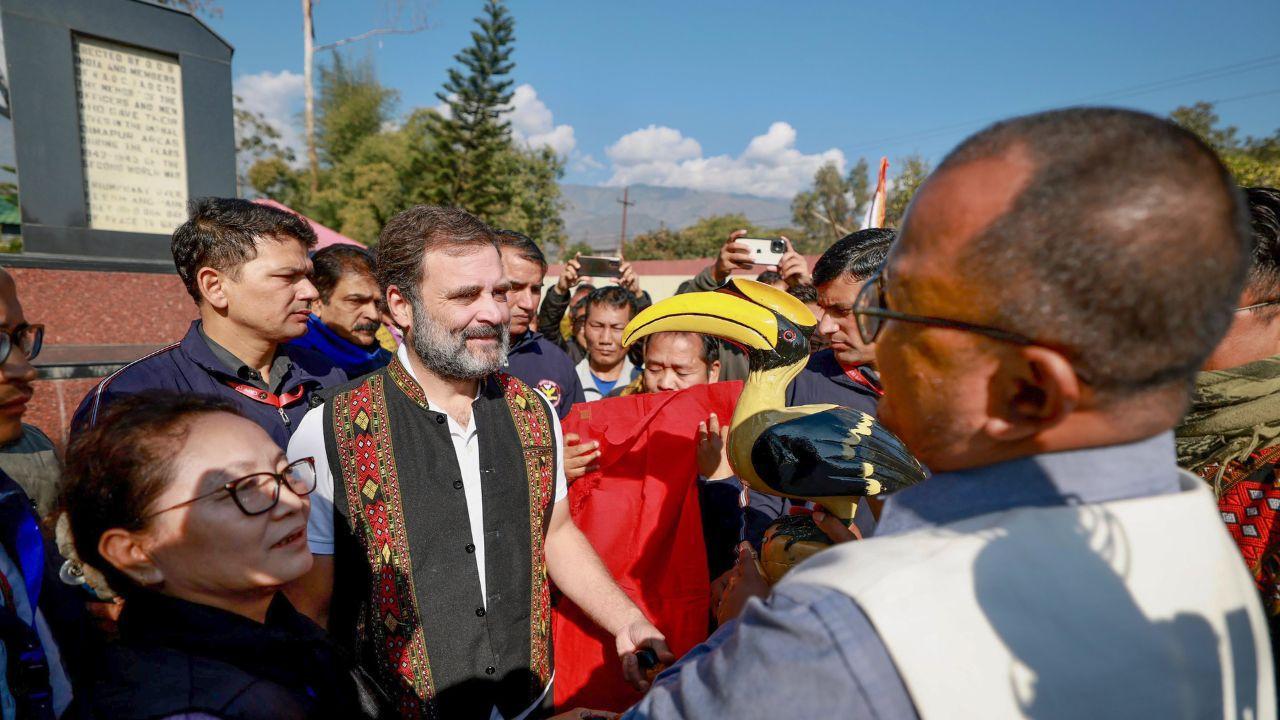
1/8
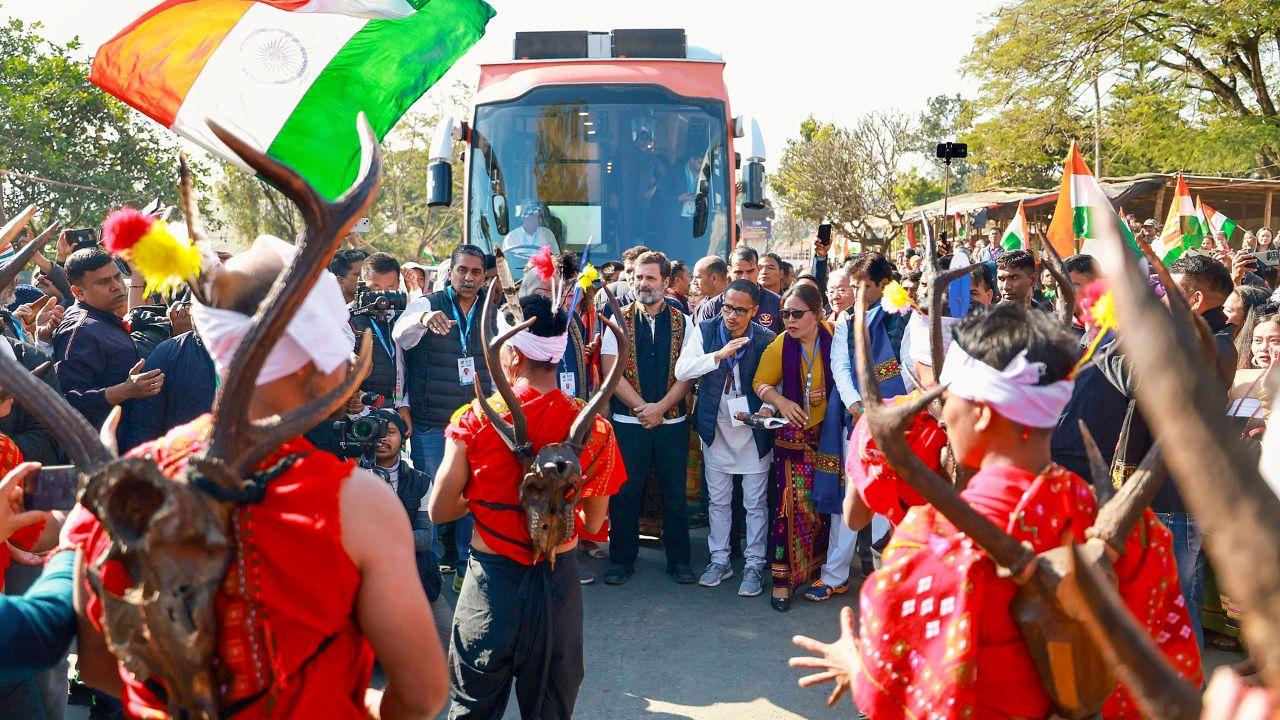
2/8
To establish a personal connection with the people, Rahul Gandhi not only travelled on the yatra in a bus but also walked a distance. With this action, he shows that he is a hands-on leader by immediately asking about the issues that the locals are facing.
ADVERTISEMENT
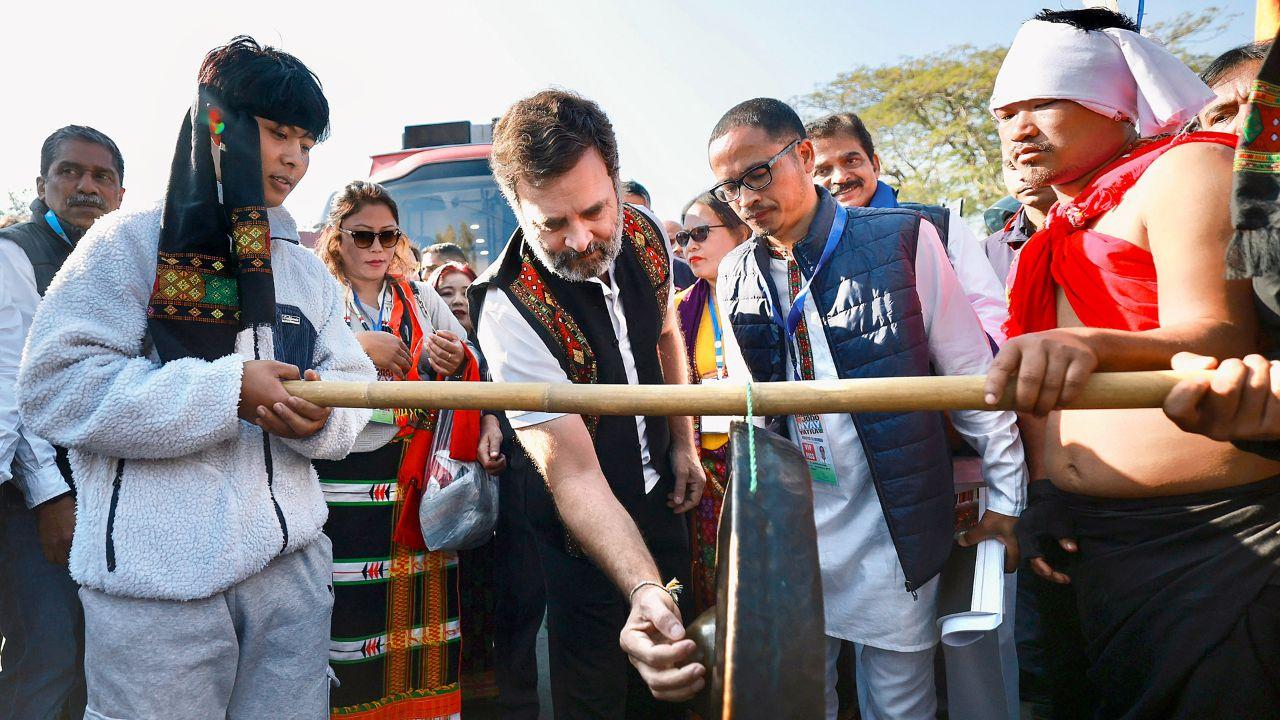
3/8
People queued along the path to meet Rahul Gandhi, mainly women and children, who gave the yatra a warm reception. The public`s enthusiasm and eagerness for the Bharat Jodo Nyay Yatra is evident in the warm response.
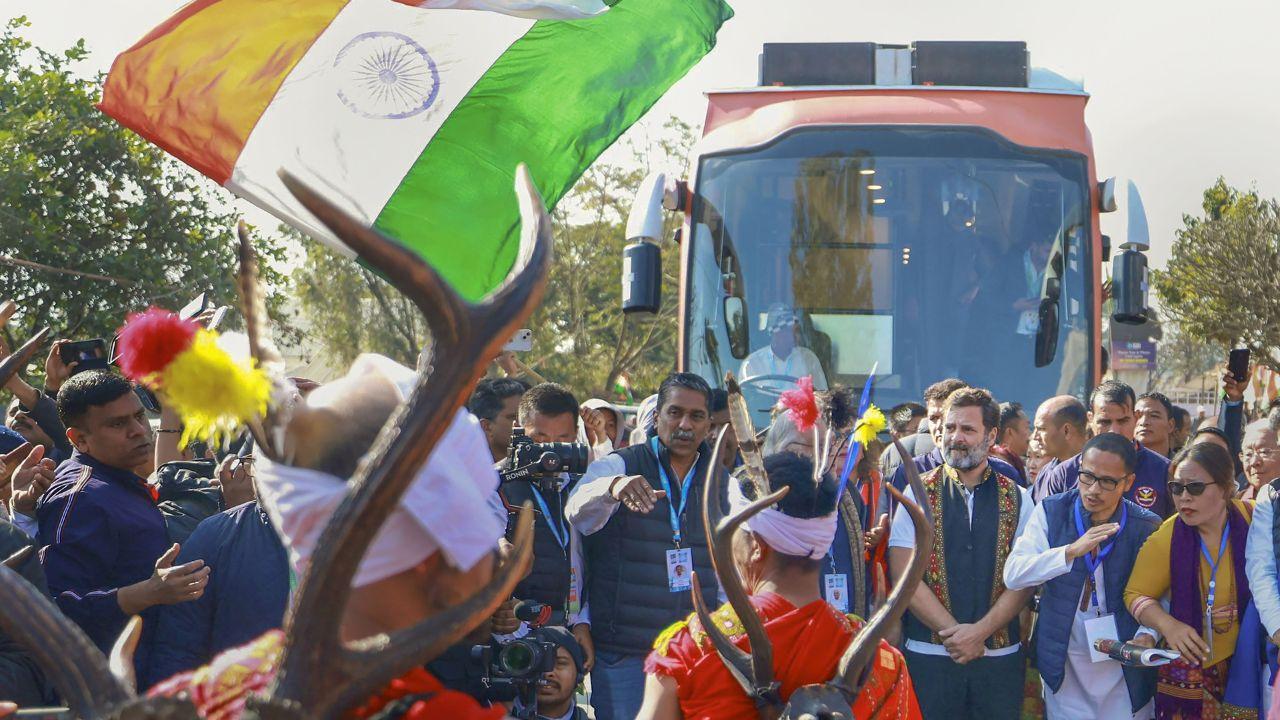
4/8
At the encampment at Sekmai, the Seva Dal performed a customary flag-hoisting ritual to start the second day of the yatra. The Congress general secretary, Jairam Ramesh, highlights the official start of the day`s activities by posting information about them on social media.
ADVERTISEMENT
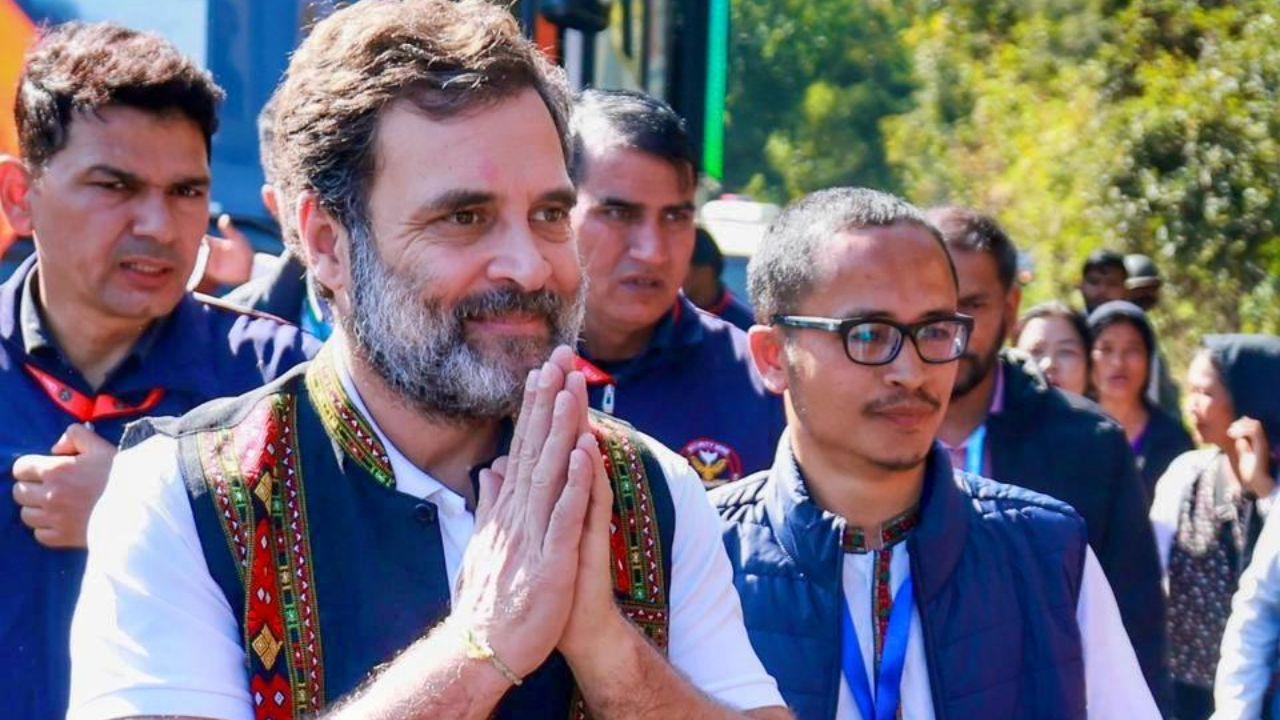
5/8
The yatra will move from Sekmai to Kangpokpi and then to Senapati in Manipur. The planned route aimed to cover key areas and engage with diverse communities as part of the Congress`s strategy to set the narrative for the upcoming Lok Sabha polls.
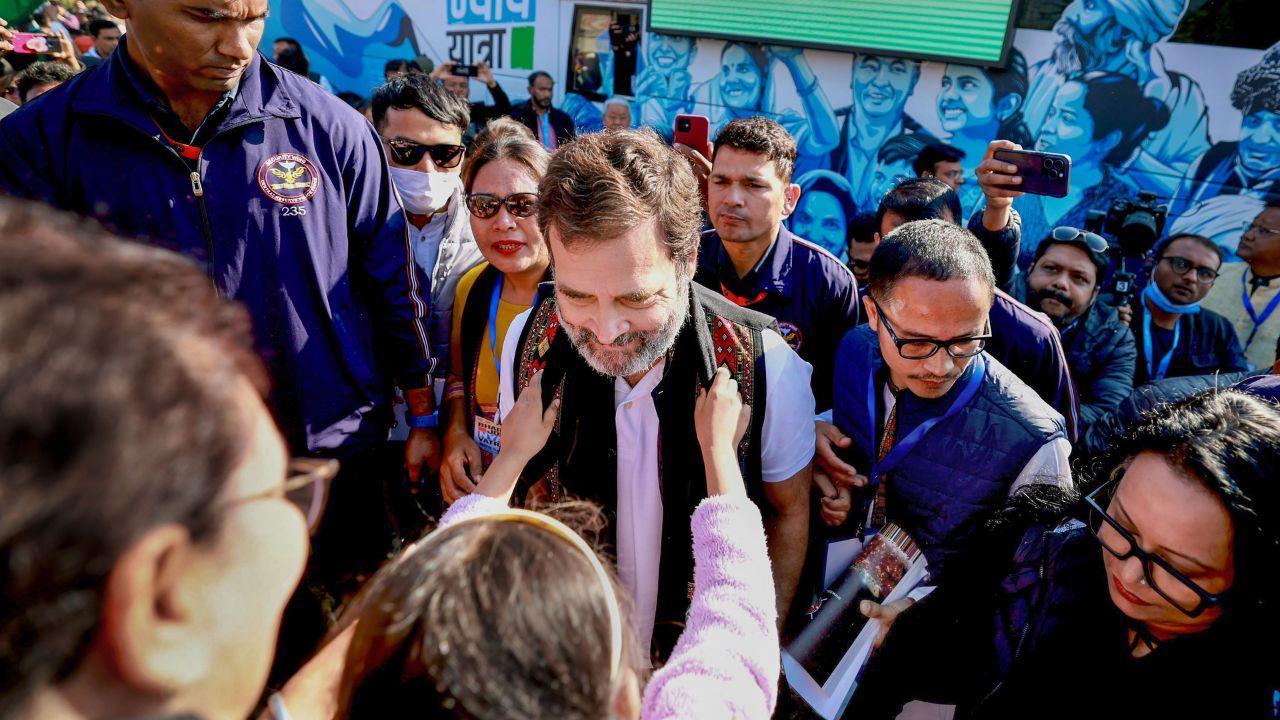
6/8
Rahul Gandhi, during the yatra, emphasised the Congress party`s commitment to presenting a new vision for India. The vision is based on principles of harmony, brotherhood, and equitability, with a strong stance against hatred, violence, and monopoly.
ADVERTISEMENT

7/8
Gandhi and Congress president Mallikarjun Kharge criticised Prime Minister Narendra Modi for not visiting Manipur during a time of ethnic violence. The Congress leaders vowed to ensure justice for the people of Manipur, using the yatra as a platform to highlight their concerns.

8/8
The Bharat Jodo Nyay Yatra, covering 6,713 km through 100 Lok Sabha constituencies in 15 states, is a significant undertaking by the Congress party. The yatra, both by bus and foot, aims to culminate in Mumbai on March 20 or 21.
ADVERTISEMENT


